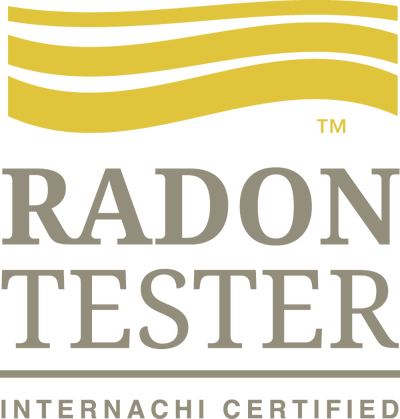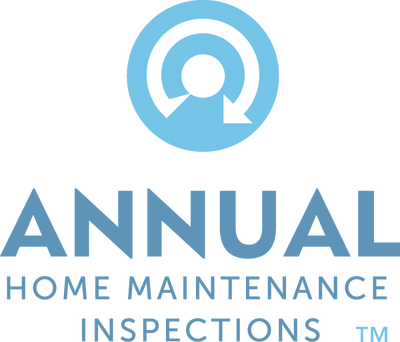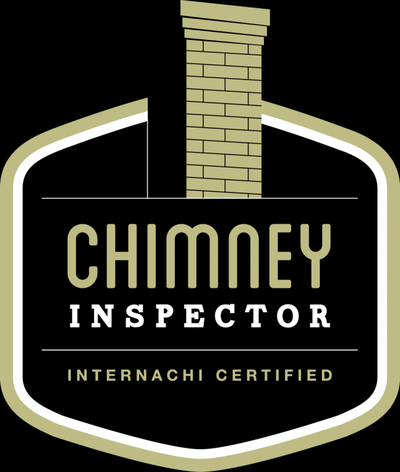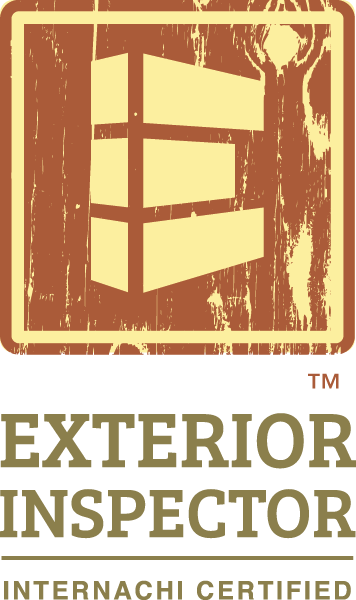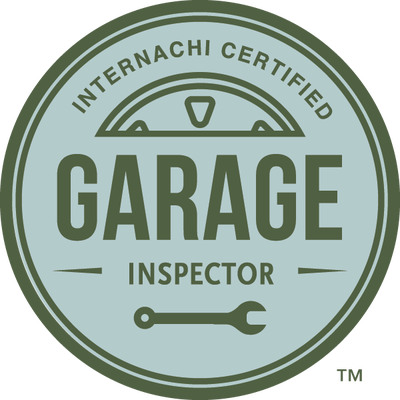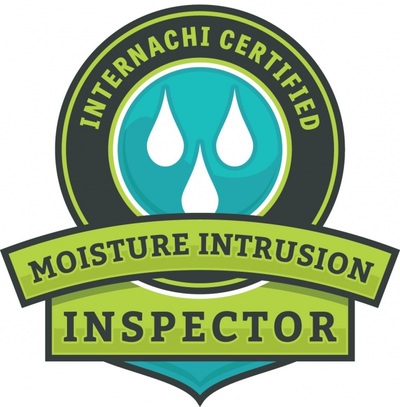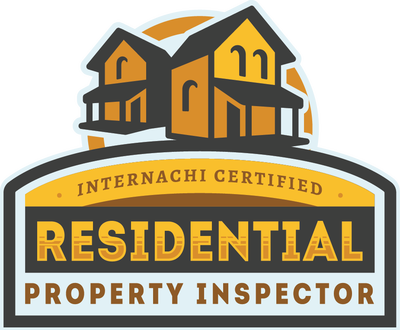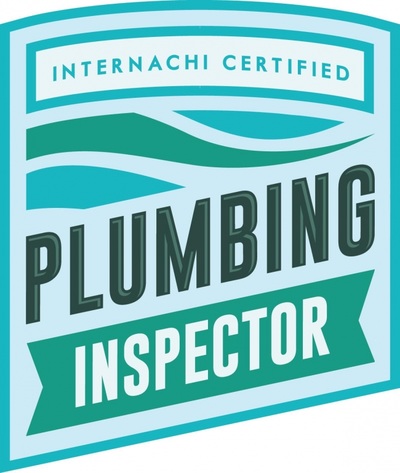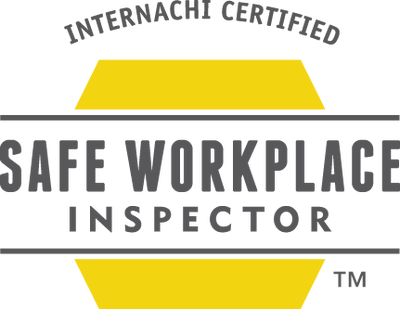|
by Nick Gromicko and Kenton Shepard 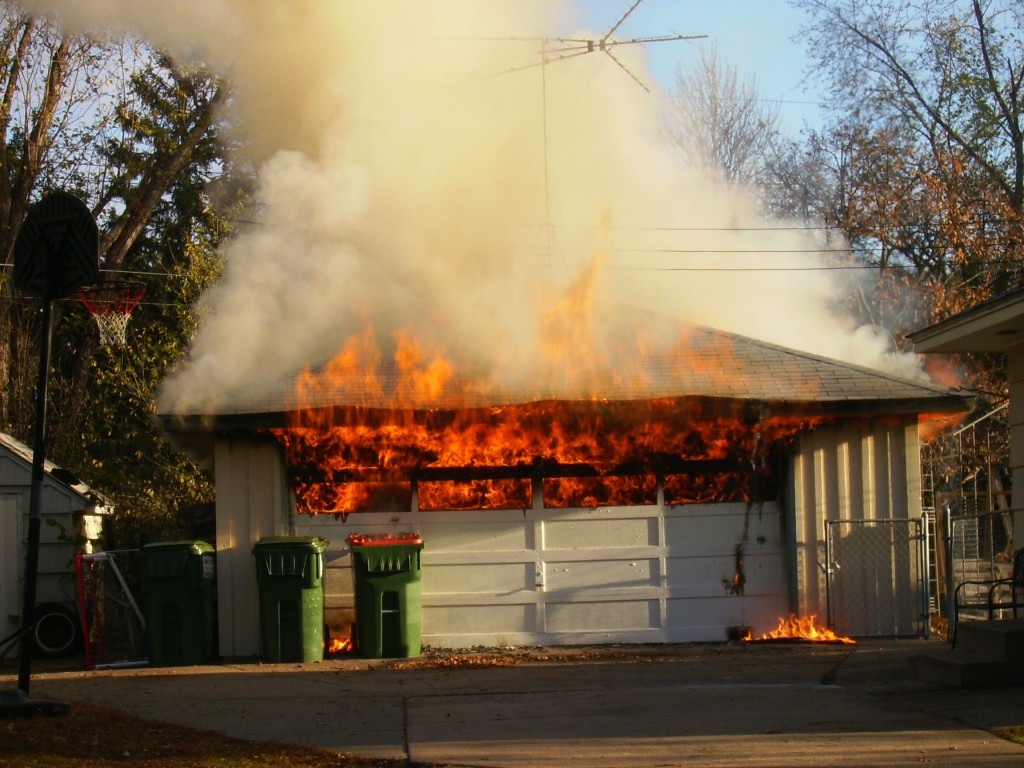 The purpose of this article is twofold. First, at InterNACHI, we’d like you to take measures to keep your garage free from fire. Fortunately, there are ways this can be done, some of which are described below. Secondly, garage fires do happen, and we’d like you to make sure that a fire cannot not easily spread to the rest of your house. While you can perform many of the recommendations in this article yourself, it is a good idea to hire an InterNACHI inspector to make sure your home is safe from a garage fire. Why do many garages pose a fire hazard?
Craftsman Home Inspections llc is a home inspection company proudly serving the Aurora CO and Denver CO Metro Areas. If you are looking for a Home Inspector in Aurora or Denver, please give us a call at 720-593-0383 or check us out online at CraftsmanColorado.com or simply schedule your home inspection below.
SCHEDULE INSPECTION
0 Comments
by Nick Gromicko and Kenton Shepard 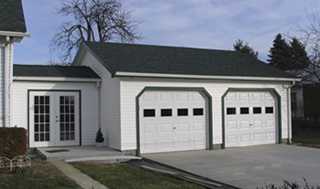 An attached garage is a garage that is physically attached to a house. Fires that begin in attached garages are more likely to spread to living areas than fires that originate in detached garages. For this reason, combined with the multitude of flammable materials commonly found in garages, attached garages should be adequately sealed from living areas. A properly sealed attached garage will ideally restrict the potential spread of fire long enough to allow the occupants time to escape the home or building. Why are garages (both attached and detached) fire hazards?
The 2006 edition of the International Residential Code (IRC) states the following concerning doors that separate garages from living areas: R309.1 Opening Penetration Openings from a private garage directly into a room used for sleeping purposes shall not be permitted. Other openings between the garage and the residence shall be equipped with solid wood doors not less than 1-3/8” (35 mm) in thickness, solid- or honeycomb-core steel doors not less than 1-3/8” (35 mm) thick, or 20-minute fire-rated doors. In addition, InterNACHI inspectors can check for the following while inspecting doors that separate garages from living areas:
The 2006 edition of the IRC states the following concerning garage walls and ceilings: R309.2 Separation Required The garage shall be separated from the residence and its attic area by not less than 1/2-inch (12.7 mm) gypsum board applied to the garage side. Garages beneath habitable rooms shall be separated from all habitable rooms above by not less than 5/8-inch (15.9 mm) Type X gypsum board or equivalent. Where the separation is a floor-ceiling assembly, the structure supporting the separation shall also be protected by not less than 1/2-inch (12.7 mm) gypsum board or equivalent. Garages located less than 3 feet (914 mm) from a dwelling unit on the same lot shall be protected with not less than 1/2–inch (12.7 mm) gypsum board applied to the interior side of exterior walls that are within this area. Openings in these walls shall be regulated by Section 309.1. This provision does not apply to garage walls that are perpendicular to the adjacent dwelling unit wall.In addition, inspectors can check for the following while inspecting walls and ceilings:
The 2006 edition of the IRC states the following concerning ducts that penetrate garage walls and ceilings: R309.1.1 Duct Penetration Ducts in the garage and ducts penetrating the walls or ceilings separating the dwelling from the garage shall be constructed of a minimum No. 26-gauge (0.48 mm) steel sheet or other approved material, and shall have no openings in the garage.Dryer exhaust ducts that penetrate garage walls are serious fire hazards. These ducts are generally made from plastic and will easily melt during a fire, creating a large breach in the firewall. Floors The 2006 edition of the IRC states the following concerning floors in garages: R309.3 Floor Surface Garage floor surfaces shall be of approved, non-combustible material. The area of the floor used for parking of automobiles or other vehicles shall be sloped to facilitate the movement of liquids to a drain or toward the main vehicle entry doorway.Inspectors should also check for the following:
Craftsman Home Inspections llc is a home inspection company proudly serving the Aurora CO and Denver CO Metro Areas. If you are looking for a Home Inspector in Aurora or Denver, please give us a call at 720-593-0383 or check us out online at CraftsmanColorado.com or simply schedule your home inspection below.
SCHEDULE INSPECTION by Nick Gromicko and Ethan Ward 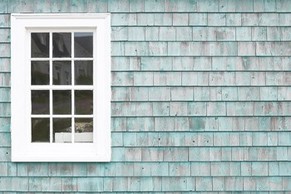 Asbestos cement is a composite material consisting of Portland cement reinforced with asbestos fibers. When manufacturers figured out ways to produce siding made using asbestos cement, it became very popular for a number of years before being banned in the U.S. in the 1970s. InterNACHI inspectors are likely to come across this form of exterior cladding during inspections. Inspectors and homeowners alike can benefit from knowing more about how the known health risks of asbestos apply to asbestos cement siding, too, as well as some of the common problems and issues associated with the material’s damage and deterioration. History Asbestos cement first came into use as an exterior cladding after 1907, when Austrian engineer Ludwid Hatschek came up with a way to shape the material into sheets, allowing it to be manufactured as siding and shingles. By the 1920s, the National Board of Fire Underwriters recommended that asbestos cement replace wood as siding and roofing material because of its superior fire-resistant properties. This recommendation from a nationally known insurance board contributed to a boost in sales and, by the 1940s, hundreds of thousands of homes in the U.S. had been constructed using asbestos cement siding. During the late 1960s and early ‘70s, however, the news media began to report on the health hazards associated with asbestos. As reports increased, concern grew, so the federal government took action and, in 1973, the EPA banned the use of asbestos in the manufacture of building products. Health Risks Associated with Asbestos Cement Asbestos fibers are a proven health hazard if inhaled. Asbestos dust is a known cause of a type of lung cancer called asbestosis. Mesothelioma, another deadly form of cancer that attacks internal organs, can also be caused by exposure to asbestos. However, asbestos cement siding that has been properly installed and is not in a state of decay presents no health risks as long as it remains undisturbed. This is because the cement binds the asbestos fibers and prevents their release into the air, under normal use and maintenance. The EPA deems asbestos to be hazardous when it is in a friable state, meaning that it can be crumbled, crushed or pulverized by hand pressure. Crushed asbestos in a powdery form can allow its particles to become airborne and inhaled, causing potential health problems. Asbestos cement products that are not in a friable state are not considered hazardous. The only potential danger is when the cement is disturbed in a way that causes the asbestos fibers to become airborne. If mechanical activities performed on the siding, such as chipping, sawing, grinding or sanding, allow particles to become airborne, then the cement is considered in a friable state and, consequently, hazardous. Deterioration can also lead to particles becoming airborne and potentially dangerous. Advantages
Damage and deterioration can lead to structural and health issues, so proper maintenance of asbestos cement building materials is a primary concern. Keeping the siding clean and performing any minor repairs as soon as they become necessary are both important. Asbestos cement siding is fairly brittle and has little resistance to cracking, chipping and damage from impact, which can cause asbestos particles to become airborne. Damage to the siding can also lead to other damage related to moisture intrusion. Damaged areas that cannot be fixed can be replaced with non-asbestos fiber cement by a professional. Specific fiber cement materials have been manufactured for repairs that are intended to mimic the look of asbestos cement siding. Landscaping features, such as a row of shrubs, can be incorporated around the home to help protect the siding from impact damage. Inspection Tips Here are some common problems associated with asbestos cement siding that inspectors are likely to encounter:
Craftsman Home Inspections llc is a home inspection company proudly serving the Aurora CO and Denver CO Metro Areas. If you are looking for a Home Inspector in Aurora or Denver, please give us a call at 720-593-0383 or check us out online at CraftsmanColorado.com or simply schedule your home inspection below.
SCHEDULE INSPECTION by Nick Gromicko and Kenton Shepard 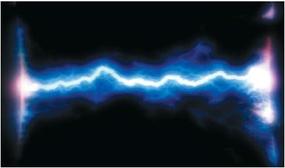 Arc-fault circuit interrupters (AFCIs) are special types of electrical receptacles or outlets and circuit breakers designed to detect and respond to potentially dangerous electrical arcs in home branch wiring. How do they work? AFCIs function by monitoring the electrical waveform and promptly opening (interrupting) the circuit they serve if they detect changes in the wave pattern that are characteristic of a dangerous arc. They also must be capable of distinguishing safe, normal arcs, such as those created when a switch is turned on or a plug is pulled from a receptacle, from arcs that can cause fires. An AFCI can detect, recognize, and respond to very small changes in wave pattern. What is an arc? When an electric current crosses an air gap from an energized component to a grounded component, it produces a glowing plasma discharge known as an arc. For example, a bolt of lightening is a very large, powerful arc that crosses an atmospheric gap from an electrically charged cloud to the ground or another cloud. Just as lightning can cause fires, arcs produced by domestic wiring are capable of producing high levels of heat that can ignite their surroundings and lead to structure fires. According to statistics from the National Fire Protection Agency for the year 2005, electrical fires damaged approximately 20,900 homes, killed 500 people, and cost $862 million in property damage. Although short-circuits and overloads account for many of these fires, arcs are responsible for the majority and are undetectable by traditional (non-AFCI) circuit breakers. Where are arcs likely to form? Arcs can form where wires are improperly installed or when insulation becomes damaged. In older homes, wire insulation tends to crystallize as it ages, becoming brittle and prone to cracking and chipping. Damaged insulation exposes the current-carrying wire to its surroundings, increasing the chances that an arc may occur. Situations in which arcs may be created:
Where are AFCIs required? Locations in which AFCIs are required depend on the building codes adopted by their jurisdiction. The 2006 International Residential Code (IRC) requires that AFCIs be installed within bedrooms in the following manner: E3802.12 Arc-Fault Protection of Bedroom Outlets. All branch circuits that supply120-volt, single-phase, 15- and 20-amp outlets installed in bedrooms shall be protected by a combination-type or branch/feeder-type arc-fault circuit interrupter installed to provide protection of the entire branch circuit. Exception: The location of the arc-fault circuit interrupter shall be permitted to be at other than the origination of the branch circuit, provided that:
The National Electrical Code (NEC) offers the following guidelines concerning AFCI placement within bedrooms: Dwelling Units. All 120-volt, single phase, 15- and 20-ampere branch circuits supplying outlets installed in dwelling unit in family rooms, dining rooms, living rooms, parlors, libraries, dens, sun rooms, recreation rooms, closets, hallways, or similar rooms or areas shall be protected by a listed arc-fault circuit interrupter, combination-type installed to provide protection of the branch circuit. Home inspectors should refrain from quoting exact code in their reports. A plaintiff's attorney might suggest that code quotation means that the inspector was performing a code inspection and is therefore responsible for identifying all code violations in the home. Some jurisdictions do not yet require their implementation in locations where they can be helpful. What types of AFCIs are available? AFCIs are available as circuit breakers for installation in the electrical distribution panel. Nuisance Tripping An AFCI might activate in situations that are not dangerous and create needless power shortages. This can be particularly annoying when an AFCI stalls power to a freezer or refrigerator, allowing its contents to spoil. There are a few procedures an electrical contractor can perform in order to reduce potential “nuisance tripping," such as:
Arc Faults vs. Ground Faults It is important to distinguish AFCI devices from Ground Fault Circuit Interrupter (GFCI) devices. GFCIs detect ground faults, which occur when current leaks from a hot (ungrounded) conductor to a grounded object as a result of a short-circuit. This situation can be hazardous when a person unintentionally becomes the current’s path to the ground. GFCIs function by constantly monitoring the current flow between hot and neutral (grounding) conductors, and activate when they sense a difference of 5 milliamps or more. Thus, GFCIs are intended to prevent personal injury due to electric shock, while AFCIs prevent personal injury and property damage due to structure fires. In summary, AFCIs are designed to detect small arcs of electricity before they have a chance to lead to a structure fire. Craftsman Home Inspections llc is a home inspection company proudly serving the Aurora CO and Denver CO Metro Areas. If you are looking for a Home Inspector in Aurora or Denver, please give us a call at 720-593-0383 or check us out online at CraftsmanColorado.com or simply schedule your home inspection below.
SCHEDULE INSPECTION |
AuthorCraftsman Home Inspections. We are your Aurora and Denver Colorado Home Inspectors. Here you will find useful information about the Home Inspection industry as well as home maintenance tips. Archives
April 2020
Categories |
Our
|
Craftsman Home Inspections llcAt Craftsman Home Inspections we are professionals who promise to give you our best Home inspection every time.
|
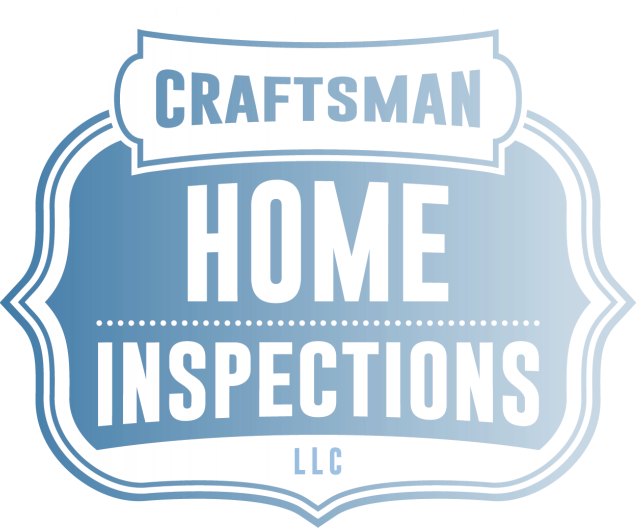
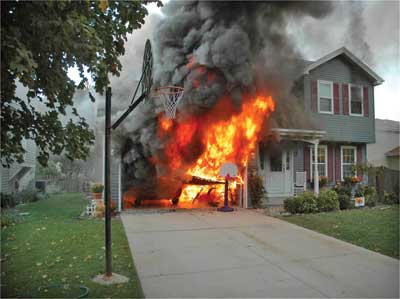
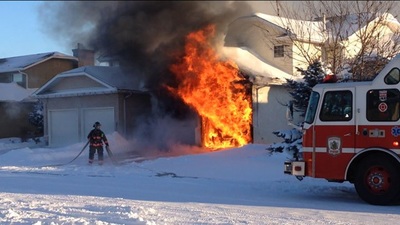
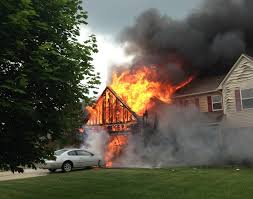
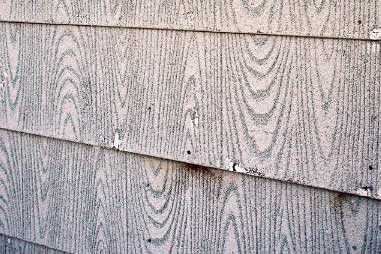
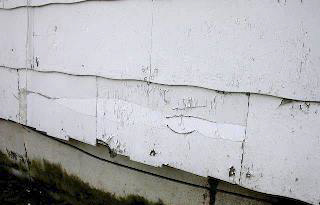
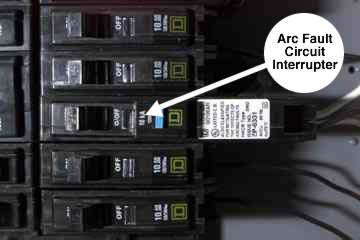
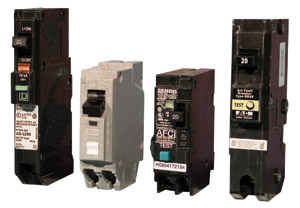
 RSS Feed
RSS Feed
